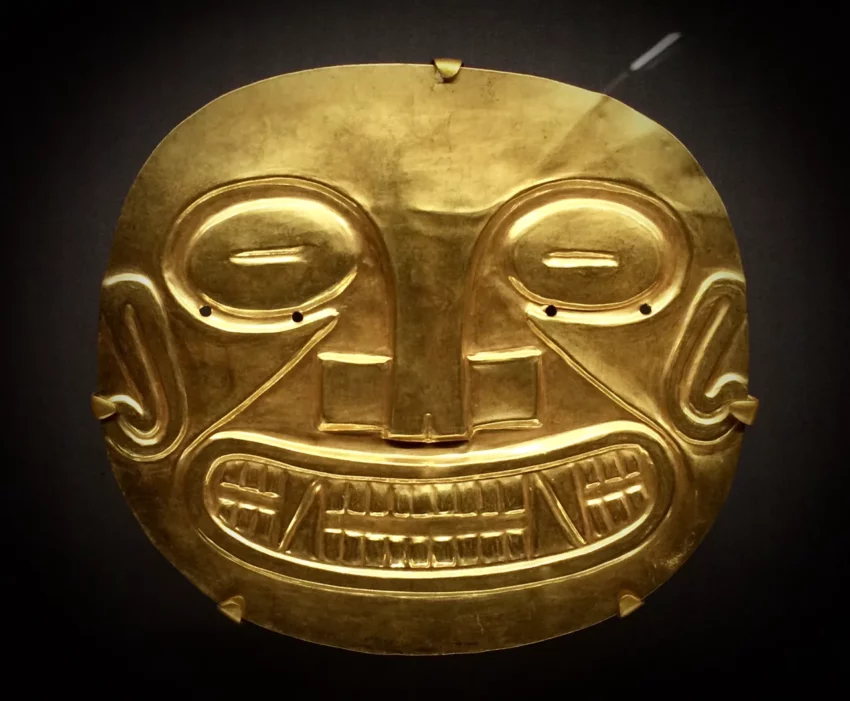Unveiling the Mysteries of Sitio Conte: A Glimpse into a Pre-Columbian Society
Sitio Conte, an archaeological site of significant historical importance, is situated in the Coclé province of Panama, close to Parita Bay. This site, primarily recognized as a necropolis, serves as a quintessential example of a ranked or chiefdom society, offering invaluable insights into the social dynamics of the region from AD 500 to 1500. Despite the cessation of excavations since 1940, the mortuary remains discovered at Sitio Conte continue to be a pivotal resource for archaeologists aiming to understand the complex societal structures of ancient Central America.
Get your dose of History via Email
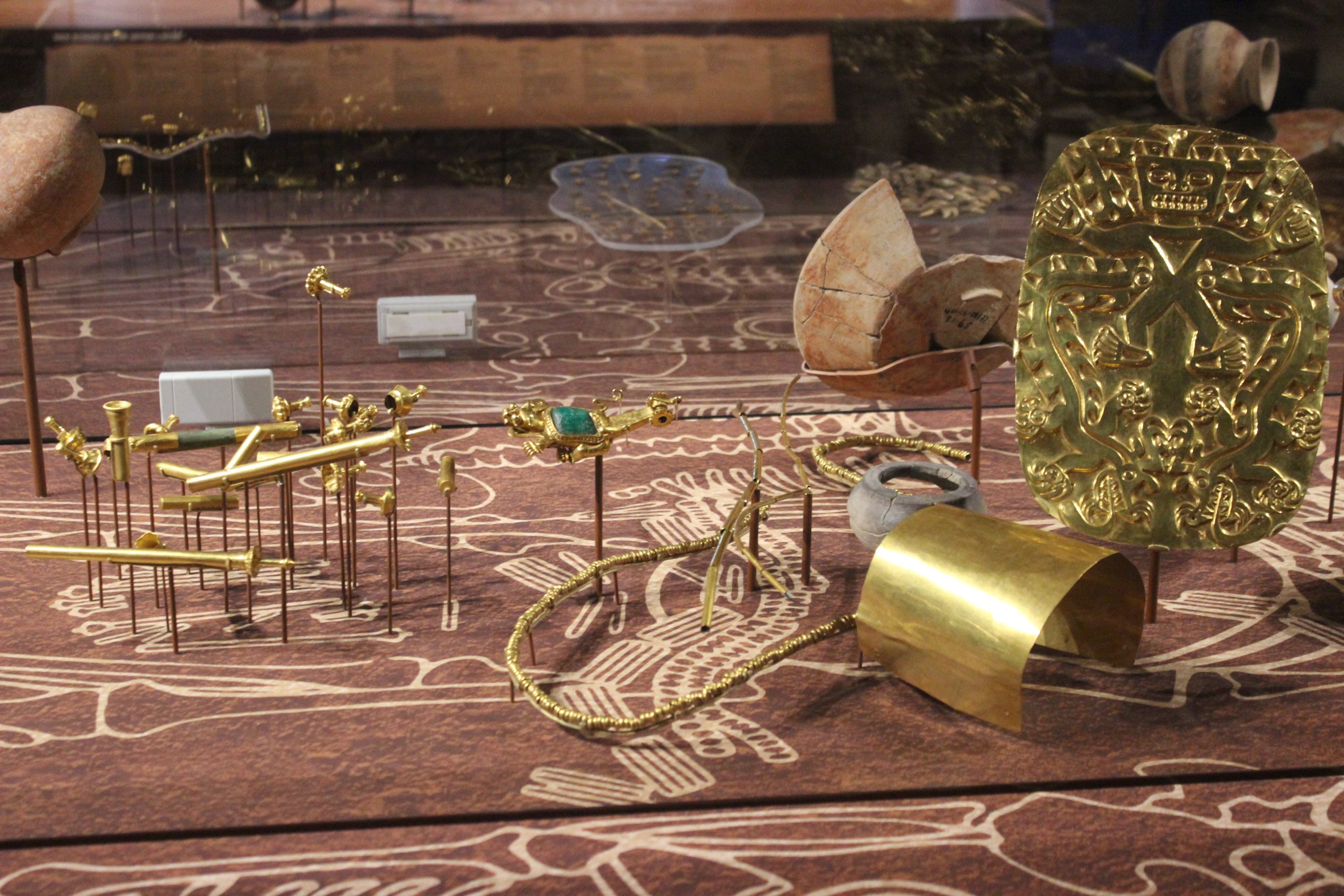
Site Organization and Features
Located on the eastern bank of the Rio Grande de Coclé, Sitio Conte extends in various directions along the river, surrounded by grasslands and small hills. The site’s proximity to the Tabasará Mountains to the north and Parita Bay to the south adds to its geographical significance. Among its most notable features are the graves, accompanied by a limited number of architectural elements. These include two rows of large, vertically positioned stones, alongside smaller, flat-topped stones referred to as “altars” by archaeologist Samuel Kirkland Lothrop. The presence of two floors and a large pile of roughly worked stones further contributes to the site’s archaeological interest.
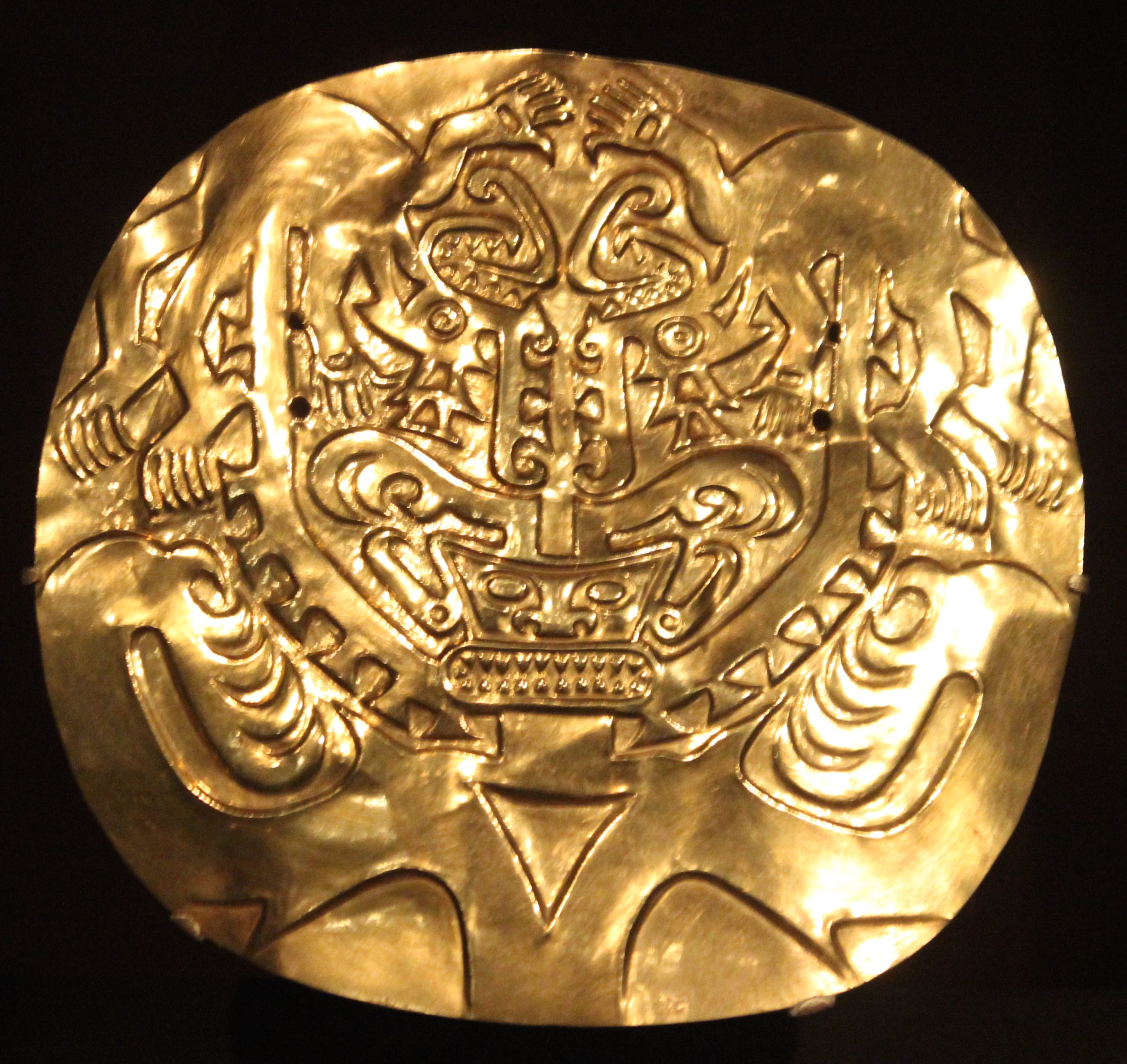
A Brief History of Sitio Conte
The exact purpose of Sitio Conte and the identities of those interred remain subjects of speculation, with theories ranging from a summer residence to a communal burial ground. The individuals buried within these graves have been identified as members of chiefly families or warriors who perished in battle. The utilization of the site, as determined through the analysis of goldwork and polychrome ceramics found in the graves, spans from AD 450 to 900. Although the cemetery was abandoned around AD 900, evidence suggests that domestic occupation persisted.
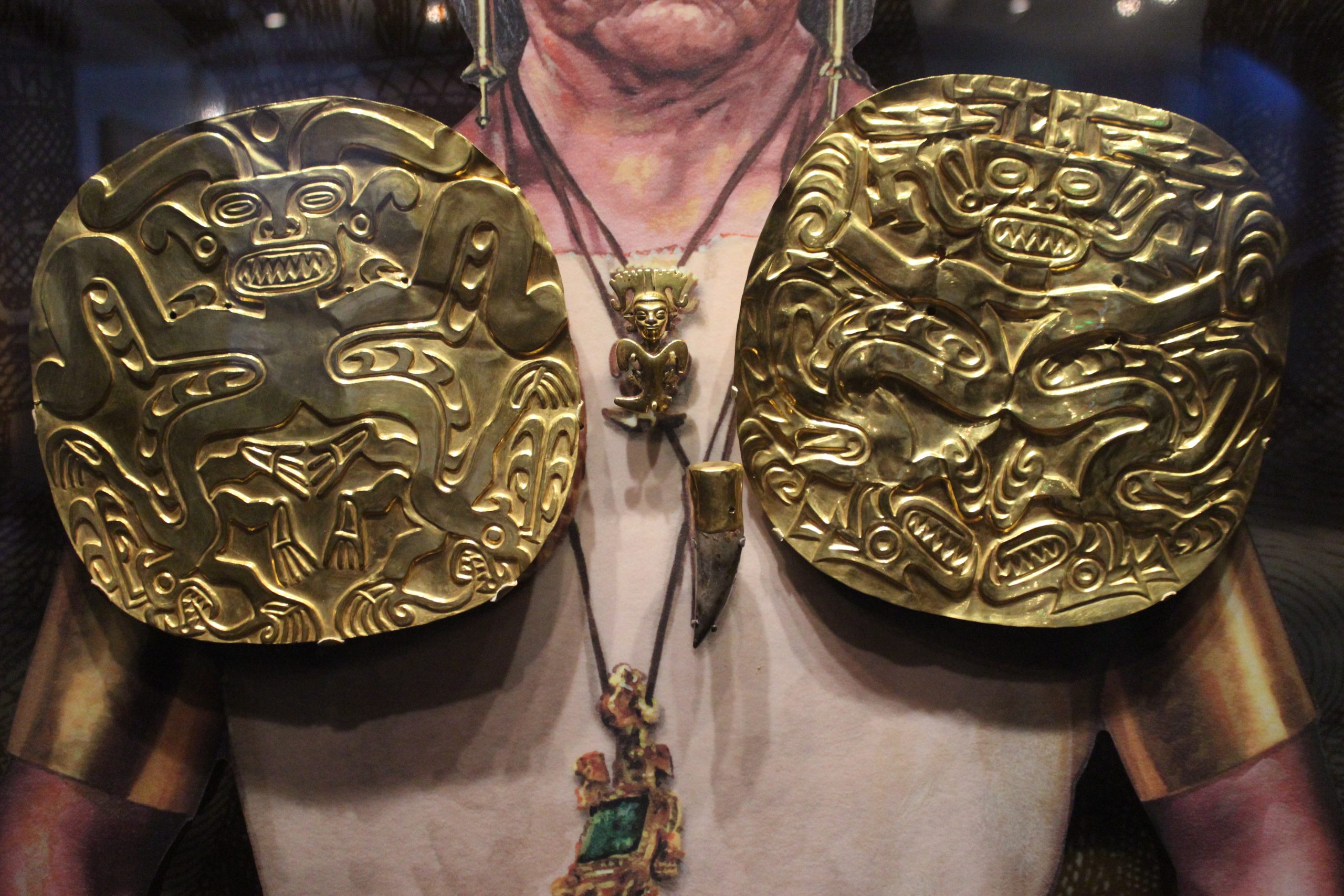
Archaeological Endeavors at Sitio Conte
The archaeological exploration of Sitio Conte began in earnest in the late 19th century, following the Rio Grande de Coclé’s alteration of the site’s western edge. This event led to the discovery and subsequent collection of numerous artifacts. The site gained further attention in 1928, leading to excavations by the Peabody Museum of Harvard University and, later, the University Museum of Archaeology and Anthropology. These excavations, while successful in uncovering a wealth of graves and artifacts, have been critiqued for their lack of stratigraphic investigations and unclear field notes.
Prominent Graves and Their Significance
The excavations at Sitio Conte revealed several prominent graves, each offering a unique glimpse into the burial practices and societal status of the individuals interred. Graves such as Grave 1, dating to AD 400-500, and Grave 74, dating to AD 700/800-900, contained an array of grave goods, including gold ornaments, ceramics, and items of personal adornment, highlighting the social hierarchy and artistic achievements of the society.
The Art of Sitio Conte
The artistry displayed in the gold and ceramic pieces found at Sitio Conte is remarkable, featuring a range of abstract and therianthropic figures. The iconography, encompassing animals, human figures, and mythical creatures, reflects a sophisticated level of artistic expression. These artifacts not only serve as a testament to the craftsmanship of the society but also provide clues to the social status and cultural beliefs of the individuals associated with them.
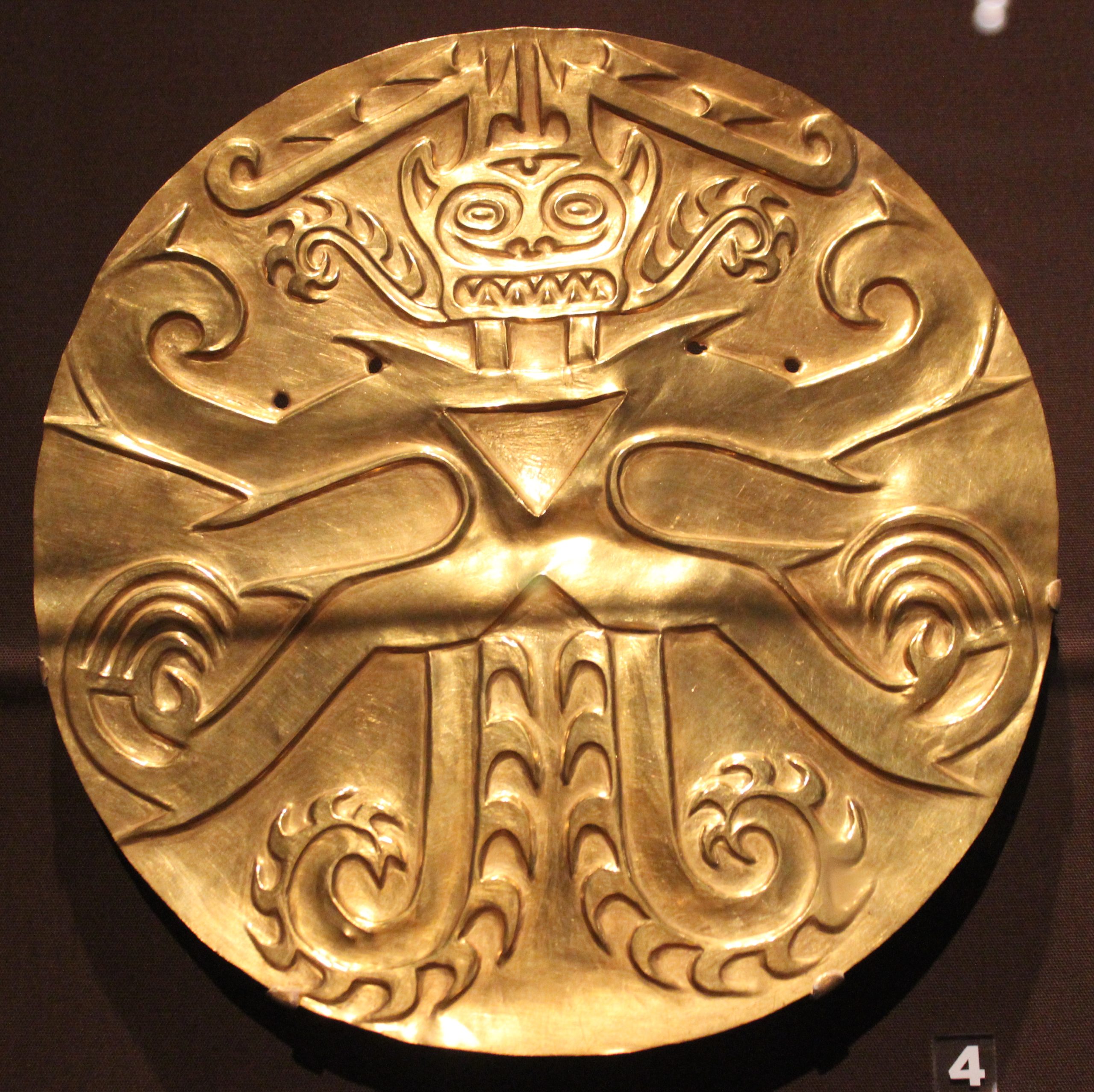
Sitio Conte Today
Since the last excavation in 1940, Sitio Conte has remained untouched by professional archaeologists. The site, now part of agricultural land owned by the Conte family, continues to hold the secrets of a bygone era, awaiting further exploration that may shed light on the complexities of pre-Columbian societies in Central America. The legacy of Sitio Conte, encapsulated in its graves and artifacts, remains a crucial chapter in the history of the Americas, offering a window into the lives, beliefs, and social structures of its ancient inhabitants.
Source: Wikipedia

